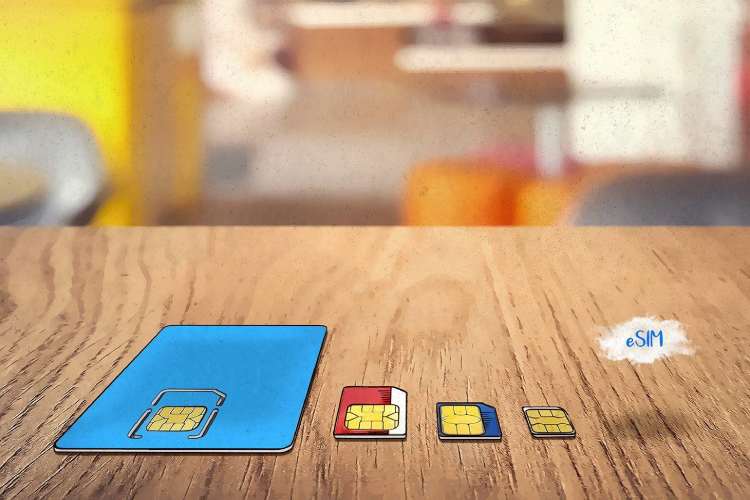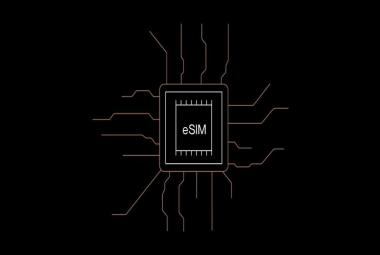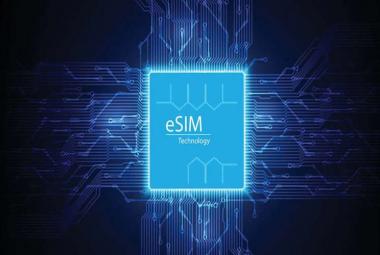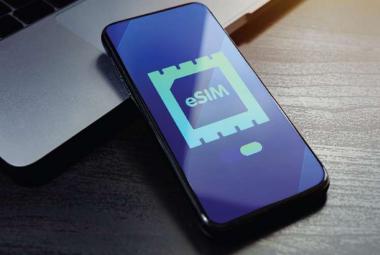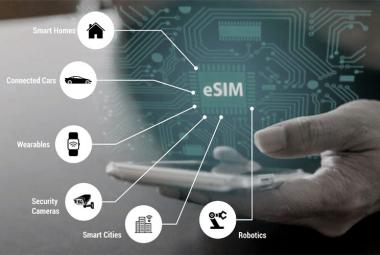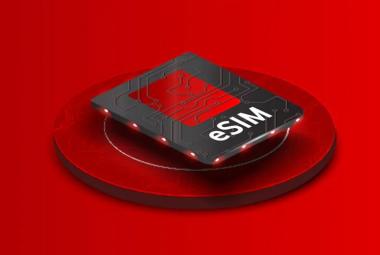- By 2030, nearly 70% of all cellular devices shipped will be eSIM/iSIM-capable driven by smartphones and cellular IoT modules.
- eSIM/iSIM-capable devices are expected to grow at a CAGR of 22% between 2024 and 2030.
Global xSIM-capable device shipments will exceed 9 billion units between 2024 and 2030, growing at a 22% CAGR during the period, according to Counterpoint’s latest eSIM Devices Market Outlook report. The projection includes all form factors, including hardware-based eSIM (eUICC), iSIM (iUICC), nuSIM and Soft SIM.
The industry has moved past an inflection point after the release of the US-exclusive eSIM-only iPhone in 2022 and is now entering a period of hyper growth. This is evidenced by the growing number of OEMs launching eSIM-capable devices. Currently, smartphones have the highest eSIM adoption rate on the consumer side. However, categories such as Connected Cars, Gateways and Routers and Drones, where physical SIMs can be very difficult to manage, stand to greatly benefit from eSIM or iSIM-based connectivity. In the long run, xSIM will become the default form factor for these industries.
The increasing adoption of this technology among global mobile network operators (MNOs) also support this hypothesis. Over 400 operators now support eSIM services globally, enabling an average of more than 50 consumer devices.
Commenting on eSIM’s high growth future across industries, Research Analyst Siddhant Cally said, “Key ecosystem players have started preparing to deploy eSIM beyond their flagship devices into mid-tier segments. The new eSIM-only iPad is another sign indicating that the future is eSIM. Other use cases such as Travel and Roaming will also greatly help in increasing eSIM adoption in the short term.”
By 2030, we expect iSIM-capable devices to account for a significant portion of the cellular device ecosystem. Commenting on iSIM’s expected high growth, Senior Analyst Ankit Malhotra said, “These are still very early days for iSIM. However, we expect iSIM adoption to pick up steam in the next three years. The technology has the potential to bring more efficiency to devices by lowering costs, size and complexity. This makes it ideal for use in a wide range of IoT applications, from smart home devices to industrial sensors.”






